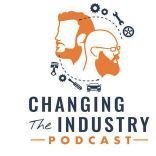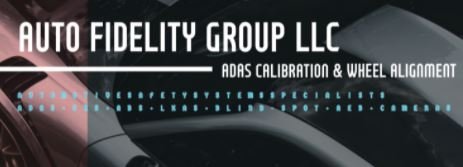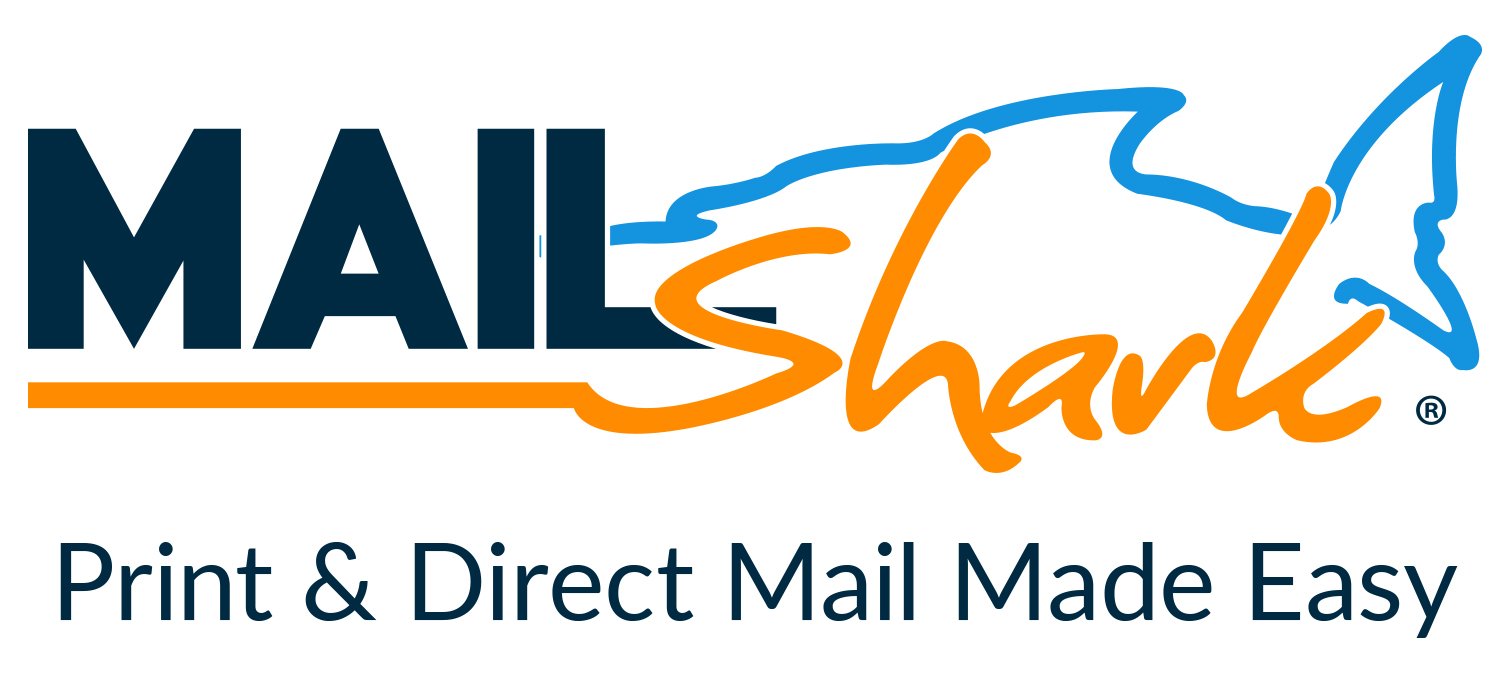Free The ECM's
-
Available Subscriptions
-
Have you checked out Joe's Latest Blog?
-
By Joe Marconi in Joe's Blog0 commentsIt always amazes me when I hear about a technician who quits one repair shop to go work at another shop for less money. I know you have heard of this too, and you’ve probably asked yourself, “Can this be true? And Why?” The answer rests within the culture of the company. More specifically, the boss, manager, or a toxic work environment literally pushed the technician out the door.
While money and benefits tend to attract people to a company, it won’t keep them there. When a technician begins to look over the fence for greener grass, that is usually a sign that something is wrong within the workplace. It also means that his or her heart is probably already gone. If the issue is not resolved, no amount of money will keep that technician for the long term. The heart is always the first to leave. The last thing that leaves is the technician’s toolbox.
Shop owners: Focus more on employee retention than acquisition. This is not to say that you should not be constantly recruiting. You should. What it does means is that once you hire someone, your job isn’t over, that’s when it begins. Get to know your technicians. Build strong relationships. Have frequent one-on-ones. Engage in meaningful conversation. Find what truly motivates your technicians. You may be surprised that while money is a motivator, it’s usually not the prime motivator.
One last thing; the cost of technician turnover can be financially devastating. It also affects shop morale. Do all you can to create a workplace where technicians feel they are respected, recognized, and know that their work contributes to the overall success of the company. This will lead to improved morale and team spirit. Remember, when you see a technician’s toolbox rolling out of the bay on its way to another shop, the heart was most likely gone long before that.
-
-
Similar Topics
-
By carmcapriotto
Thanks to our Partner, NAPA Autotech
Matt Fanslow and guest Tanner Brandt discuss the recent assassination attempt on former President Donald Trump, the state of the country, and the impact of political polarization. They explore how media influences public opinion and the role of political figures in shaping societal views. The conversation highlights the need for civil discourse, critical thinking, and seeking diverse perspectives to counteract the echo chamber effect of social media. understanding in political discussions.
Show Notes
The assassination attempt on Donald Trump (00:01:19) Reactions and media influence (00:03:07) Civil discourse and collaboration (00:06:14) Impact of political polarization (00:09:24) Media influence and party allegiance (00:13:15) The 24-hour news cycle and political leanings (00:17:31) The influence of social media algorithms (00:21:19) Creating echo chambers and misinformation (00:25:11) Social media's impact on the youth and political divide (00:30:17) The need for leadership and setting an example (00:33:24) Raising Respectful Kids (00:34:24) Generational Toughness (00:35:13) Understanding Power Dynamics (00:36:09) Real Life vs. Online Behavior (00:37:36) Media Influence and Perception (00:41:16) Seeking Positive News (00:42:50) Finding a Hobby (00:45:18) Avoiding Politicization (00:49:05) NASTF (00:49:55) Congress Behavior (00:51:15) Congressional Discussions (00:52:32) Ego in Politics (00:55:24) Economic and Social Issues (00:59:02) Interest Rates and Younger Generations (01:00:44) Healthcare and Future Concerns (01:02:24) Local Governance and Youth Leadership (01:05:26) Caring for the Community (01:06:34) Striving for Better (01:07:38) Social Media Impact (01:08:46) Forming Opinions (01:10:06) Media Influence (01:11:14)
Thanks to our Partner, NAPA Autotech napaautotech.com
Email Matt: [email protected]
Diagnosing the Aftermarket A - Z YouTube Channel HERE
Aftermarket Radio Network: https://aftermarketradionetwork.com/
Click to go to the Podcast on Remarkable Results Radio
-
By Hands On
Hi folks. A quick search and I did not see any recent alignment machine posts. I have a quote from Hunter, $86,000 includes a scissor life and the concrete work to flush mount it, shipping, the machine with wall mount cameras. Some accessories. If I do conservatively 3 alignments a week my break even is approx 4.5 years, a bit longer depending on financing cost.
I lease my shop, and one of my biggest fears has been getting kicked out of here. Should I be looking at obtaining a location instead? I am always nervous about taking on the massive cost of a bigger building, especially when I struggle so often to hire good people. I talked to a friend that went from a small shop like I have to a larger facility and he said it was a lot more headaches with very little increase in income. I want less headaches, less stress.
Maybe it is my small shop that makes it hard to hire? Is this the right time to try to get a new location? How do I even start finding financing, I do not have a ton of cash saved up right now. Should I get the alignment machine now, and continue to save up for a new location? How much do I need down for a new spot? Should I keep my eye open for other shops that might fail in the coming year and hold off on the alignment machine and continue to stack cash? I am kind of tired of loosing an employee for 30 minutes to an hour to run an alignment across town that may or may not get done to the same quality standards I hold my employees to.
-
By carmcapriotto
Thanks to our Partner, NAPA TRACS and AutoFix Auto Shop Coaching Industry shop owners discuss the challenges and strategies of opening and managing a second location. They explore the motivations behind opening additional shops, touching on wealth building, seeking new challenges, and planning for retirement. Carl Hutchinson emphasizes the importance of providing a growth path and career opportunities to attract and train the next generation of industry professionals. The conversation highlights the complexities of scaling a business and the need for strong leadership, financial planning, and a commitment to developing talent within the industry. Carl Hutchinson, Complete Automotive, 2 locations, Springfield, MO. Listen to Carl’s previous episodes HERE Kim Auernheimer, CS Automotive, 2 locations, TN. Listen to Kim’s Episodes HERE. Jim Fleischman, Automotive Alley, 2 locations, Arcade and Marilla, NY. Listen to Jim’s previous episodes HERE.
Behind the Scenes: New Shop Retrofit/Remodel with Carl Hutchinson [CC 097]: https://remarkableresults.biz/remarkable-results-radio-podcast/cc097/ Store two considerations (00:01:01) Discussion on the importance and reasons for opening a second store, including financing and marketing efforts. Finding the second location (00:02:52) Panelists share their experiences in finding and choosing the location for their second store. Preparation and challenges (00:09:33) Challenges and preparations for operating a second location, including policies, procedures, and staffing. Systemizing and structuring (00:12:29) The importance of systemizing and structuring operations for a second location, as well as the challenges and preparations involved. Transition and training (00:15:14) Discussion on transitioning and training staff for a new location, including the use of a shop management system. Reflection and passion (00:17:32) Reflecting on the passion and effort required to start and grow a business, including the challenges of expanding to multiple locations. Store Number Two Challenges (00:17:56) Challenges of opening a second store, losing customers, ordering parts, and managing separate entities. Inventory and Supplies (00:20:14) Challenges in stocking inventory and supplies for a new store, unexpected expenses, and the importance of thorough planning. Financing and Cash Flow (00:24:43) Discussion on financing options, including seller financing, bank loans, and personal investment, and the impact of COVID-19. People Problems and Leadership (00:29:17) Dealing with turnover, hiring challenges, and the importance of finding the right people for leadership roles. Grooming and Growing Store Two (00:32:45) Balancing time and effort between store two and store one, empowering vice presidents, and the changing role of the company president. Building an MSO (00:34:48) Discussion on the motivations for building a multi-shop operation, including retirement planning, challenges, and personal growth. Creating Career Paths (00:41:26) The importance of creating a career path for the younger generation, fast-tracking growth, and training and educating employees. Valuing and Acquiring Businesses (00:47:31) Challenges in valuing and acquiring businesses, including the impact of market competition and the importance of assessing profitability. Equipment and Location Considerations (00:49:29) Discussion on starting from scratch, acquiring equipment, and the significance of location and infrastructure.
Thanks to our Partner, NAPA TRACS NAPA TRACS will move your shop into the SMS fast lane with onsite training and six days a week of support and local representation. Find NAPA TRACS on the Web at http://napatracs.com/ Thanks to our Partner, Auto-Fix Auto Shop Coaching Proven Auto Shop Coaching with Results. Over 61 Million in ROI with an Average ROI of 9x. Find Coach Chris Cotton at AutoFix Auto Shop Coaching on the Web at https://autoshopcoaching.com/ Connect with the Podcast: -Follow on Facebook: https://www.facebook.com/RemarkableResultsRadioPodcast/ -Join Our Private Facebook Community: https://www.facebook.com/groups/1734687266778976 -Subscribe on YouTube: https://www.youtube.com/carmcapriotto -Follow on LinkedIn: https://www.linkedin.com/in/carmcapriotto/ -Follow on Instagram: https://www.instagram.com/remarkableresultsradiopodcast/ -Follow on Twitter: https://twitter.com/RResultsBiz -Visit the Website: https://remarkableresults.biz/ -Join our Insider List: https://remarkableresults.biz/insider -All books mentioned on our podcasts: https://remarkableresults.biz/books -Our Classroom page for personal or team learning: https://remarkableresults.biz/classroom -Buy Me a Coffee: https://www.buymeacoffee.com/carm -The Aftermarket Radio Network: https://aftermarketradionetwork.com -Special episode collections: https://remarkableresults.biz/collections
Click to go to the Podcast on Remarkable Results Radio

-
By carmcapriotto
Thanks to our Partner, NAPA TRACS and AutoFix Auto Shop Coaching Dive into the intricate process behind the Automotive Service Excellence (ASE) certification exams. Sharing personal experiences as SMEs for the ASE exams, the panelists discussed the challenges and learning opportunities involved in the process. Matt Fanslow, Riverside Automotive, Red Wing, MN, Diagnosing the Aftermarket A to Z Podcast Bryan Pollock, Willco Auto Care, Sanborn, NY and Lockport, NY Scot Manna, ACDelco Technician of the Millennium. Scot’s previous episodes HERE.
Another ASE Rant [E091]: https://mattfanslow.captivate.fm/episode/091 ASE Renewal App Rant [E105]: https://mattfanslow.captivate.fm/episode/105 The importance of ASE test questions (00:00:01) Discussion about the extensive work and expertise required to create high-quality test questions for ASE certification exams. ASE's role in setting pass rates (00:02:07) Explanation of how ASE organizes workshops to determine pass rates and exam difficulty, with input from industry representatives. Challenges of writing test questions (00:03:30) Discussion on the difficulty of creating distractors and the extensive effort required to write and vet test questions. Role of subject matter experts (00:06:21) Insights into the qualities of a good subject matter expert and their importance in contributing to the test question writing process. Educational opportunities of ASE exams (00:10:46) Explanation of how ASE exams provide educational opportunities for technicians to identify areas for improvement and further training. Qualities of a good subject matter expert (00:15:36) Discussion about the qualities and skills needed for a subject matter expert, including formal education and practical experience. Experience is Key (00:18:44) Importance of real-world experience in writing test questions and the value of subject matter experts. Communication and Mix of Expertise (00:19:47) The importance of communication skills and the mix of engineering and field experience in test writing. Ensuring Fair and Effective Questions (00:22:41) The process of discarding or refining questions to ensure fairness and effectiveness in testing. Creating Plausible Answers (00:23:17) The challenge of creating plausible answers and the goal of not tricking test takers. Different Philosophies in Testing (00:35:19) Contrasting philosophies between the ASE renewal app and traditional exams, focusing on education vs. pass/fail. The process of taking tests (00:36:46) Discussion on the feedback provided after answering test questions and its educational value for technicians. Importance of continuous learning (00:37:42) Emphasizing the value of taking tests as an opportunity for education and the need for continuous learning in the automotive industry. Advancements in automotive technology (00:38:06) Highlighting the rapid advancements in automotive technology and the necessity for technicians to stay updated through education and testing. Responsibilities of subject matter experts (00:40:38) The panel discusses the responsibility and honor of being a subject matter expert and the importance of the Automotive Service Excellence (ASE) organization. Challenges in writing test questions (00:41:11) The difficulties and learning experiences involved in writing test questions, including the importance of embracing voluntary certification. The impact of COVID-19 on training workshops (00:52:16) The loss of intimacy and networking opportunities due to the shift from live in-person workshops to online formats, with a plea to bring back in-person workshops.
Thanks to our Partner, NAPA TRACS NAPA TRACS will move your shop into the SMS fast lane with onsite training and six days a week of support and local representation. Find NAPA TRACS on the Web at http://napatracs.com/ Thanks to our Partner, Auto-Fix Auto Shop Coaching Proven Auto Shop Coaching with Results. Over 61 Million in ROI with an Average ROI of 9x. Find Coach Chris Cotton at AutoFix Auto Shop Coaching on the Web at https://autoshopcoaching.com/ Connect with the Podcast: -Follow on Facebook: https://www.facebook.com/RemarkableResultsRadioPodcast/ -Join Our Private Facebook Community: https://www.facebook.com/groups/1734687266778976 -Subscribe on YouTube: https://www.youtube.com/carmcapriotto -Follow on LinkedIn: https://www.linkedin.com/in/carmcapriotto/ -Follow on Instagram: https://www.instagram.com/remarkableresultsradiopodcast/ -Follow on Twitter: https://twitter.com/RResultsBiz -Visit the Website: https://remarkableresults.biz/ -Join our Insider List: https://remarkableresults.biz/insider -All books mentioned on our podcasts: https://remarkableresults.biz/books -Our Classroom page for personal or team learning: https://remarkableresults.biz/classroom -Buy Me a Coffee: https://www.buymeacoffee.com/carm -The Aftermarket Radio Network: https://aftermarketradionetwork.com -Special episode collections: https://remarkableresults.biz/collections
Click to go to the Podcast on Remarkable Results Radio
-
-
Our Sponsors















Recommended Posts